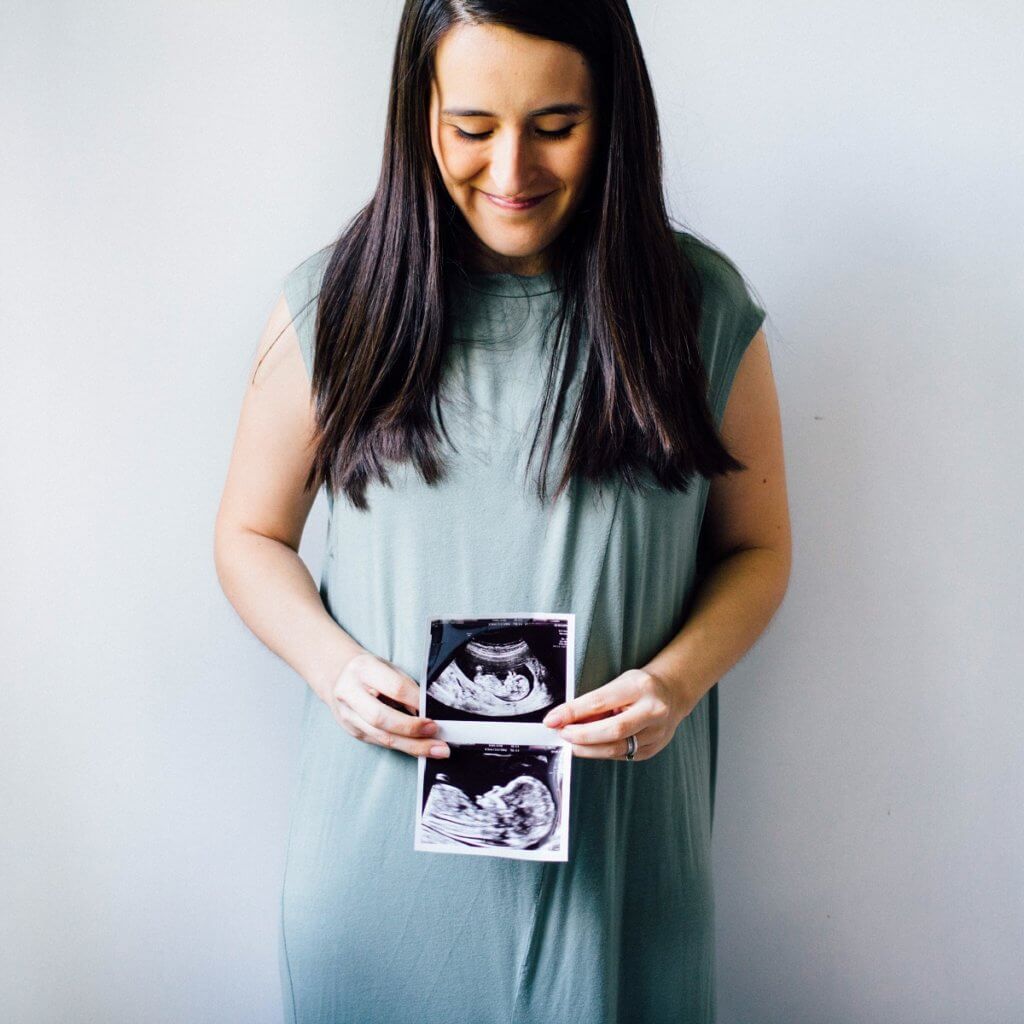Many of the changes someone might experience during pregnancy are well known, such as weight gain and morning sickness. However, pregnancy also brings other changes that are discussed less frequently, such as changes to the skin. One of the most common of these skin changes is known as melasma, or the “mask of pregnancy.” Let’s go over what to expect when it comes to melasma and other pregnancy-related skin changes so you can feel more prepared!
What is Melasma?
Melasma in pregnancy—also known as chloasma or “the mask of pregnancy”—is a skin condition that causes skin pigmentation to darken, typically on the face and in small blotches. This hyperpigmentation is often attributed to the drastic hormonal changes that occur during pregnancy, but sun exposure can also exaggerate the dark spots. Chloasma is a normal occurrence and typically disappears on its own after delivery, although it may take a few months to fully go away.
Other instances of hyperpigmentation during pregnancy can include your nipples darkening, as well as your armpits, freckles, or genitals. You may also notice a line that forms vertically across your belly, which is known as linea nigra.
When to Expect Melasma During Pregnancy
It’s not unusual to see pregnancy-related skin changes during the first trimester, but melasma most commonly makes an appearance in the second or third trimesters. However, if you notice any new skin changes during this time that are painful, itchy, irritated, or sore, you may want to visit your pregnancy care provider or dermatologist—these are not symptoms of melasma, and you may be dealing with another skin condition.
Treating or Preventing Melasma
Because melasma during pregnancy often resolves on its own, many health care providers may not recommend treatment. Contact your care provider if you have any additional questions about chloasma or are seeking pregnancy-safe treatment options.
However, you may be able to play a role in preventing sun-related melasma during pregnancy by limiting your exposure to the sun. This includes finding shade when you’re outside, wearing clothes and hats that cover your arms and face, and applying pregnancy-safe sunscreen (such as mineral sunscreen) that is 30+ SPF.
Another option is to switch to gentler skincare products that don’t irritate your skin or worsen existing melasma. Look for dermatologist-recommended products for sensitive skin as well as products that are fragrance-free.
Other Common Pregnancy-Related Skin Changes
There are a few other common pregnancy-related skin changes to look out for, including the following:

Stretch Marks:
Stretch marks can occur on the abdomen, thighs, and breasts as your skin stretches during pregnancy.
Oily Skin and Acne Breakouts:
Due to the increase in hormones during pregnancy, your skin may become more oily and you may experience acne breakouts.
Varicose Veins
Varicose veins are blueish or purpleish veins that typically form on the legs during pregnancy to accommodate for the extra blood flow. If you have painful varicose veins, contact your provider for pain management methods.
Skin Tags
Skin tags are tiny growths of skin that can stick out from the body and may cause discomfort. If they don’t disappear on their own after pregnancy, you can get them removed.
If you are pregnant or planning to become pregnant, it’s important to be aware of and prepared for the skin changes you may experience. We hope this article has given you a better understanding of pregnancy-related skin changes, including melasma.
Do you have more questions about your pregnancy symptoms in Salem Oregon? Talk to our staff at WFMC Health or become a new patient today!